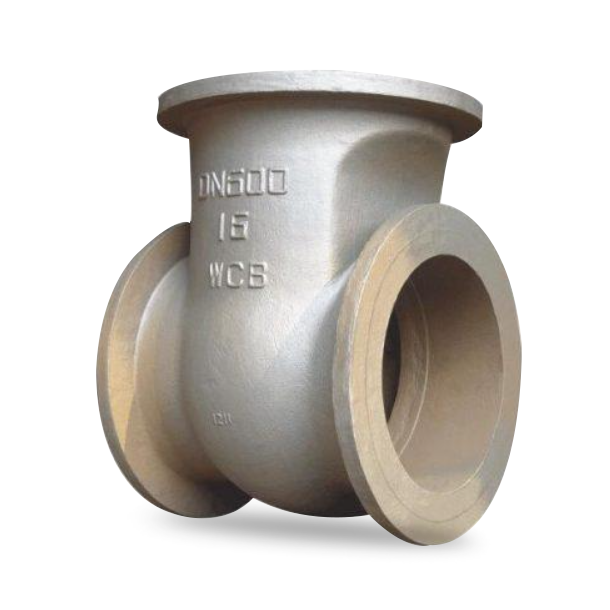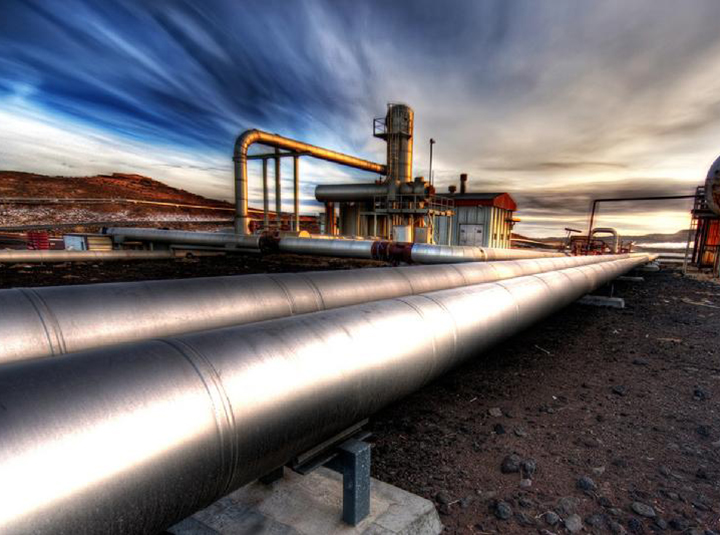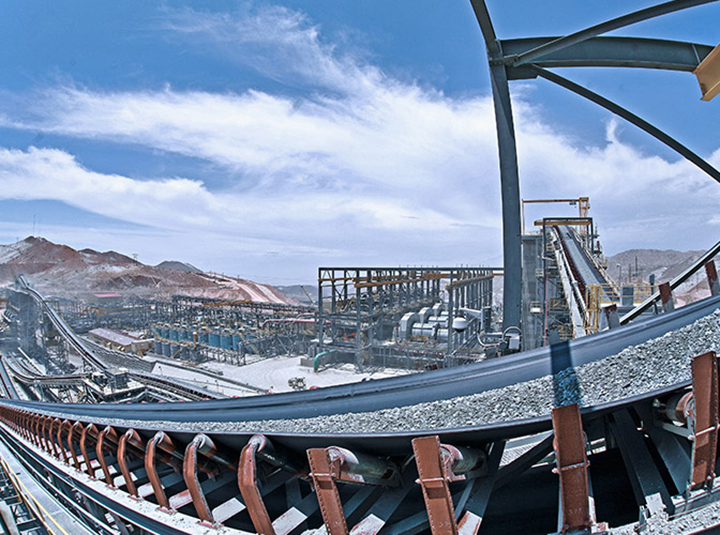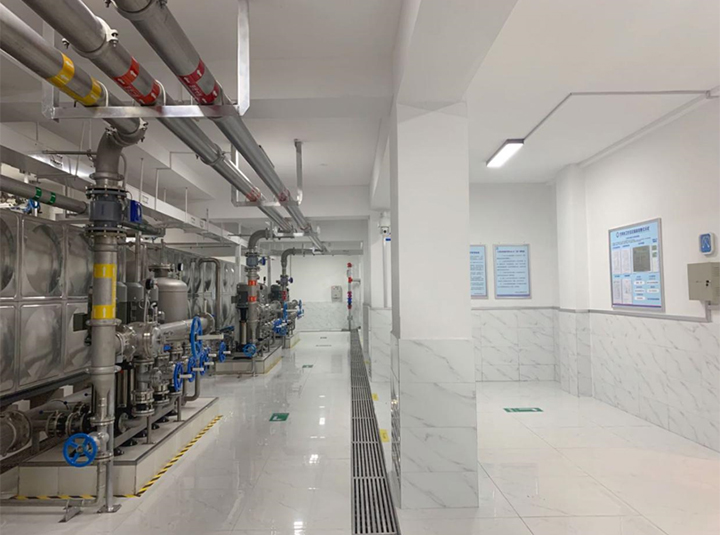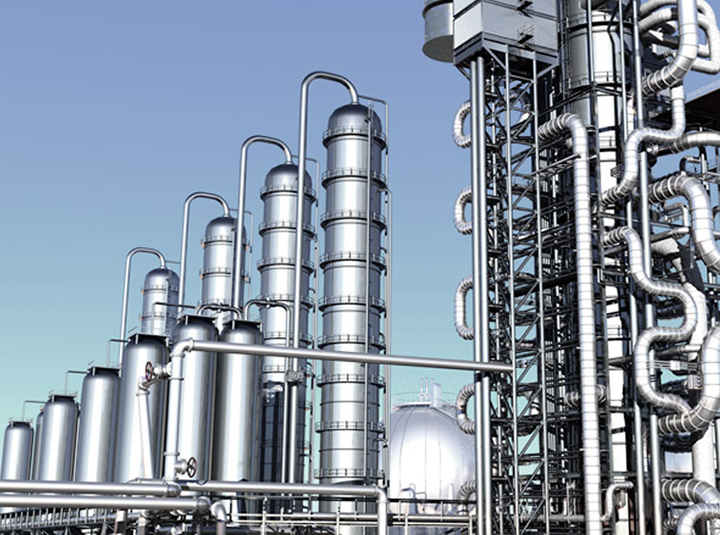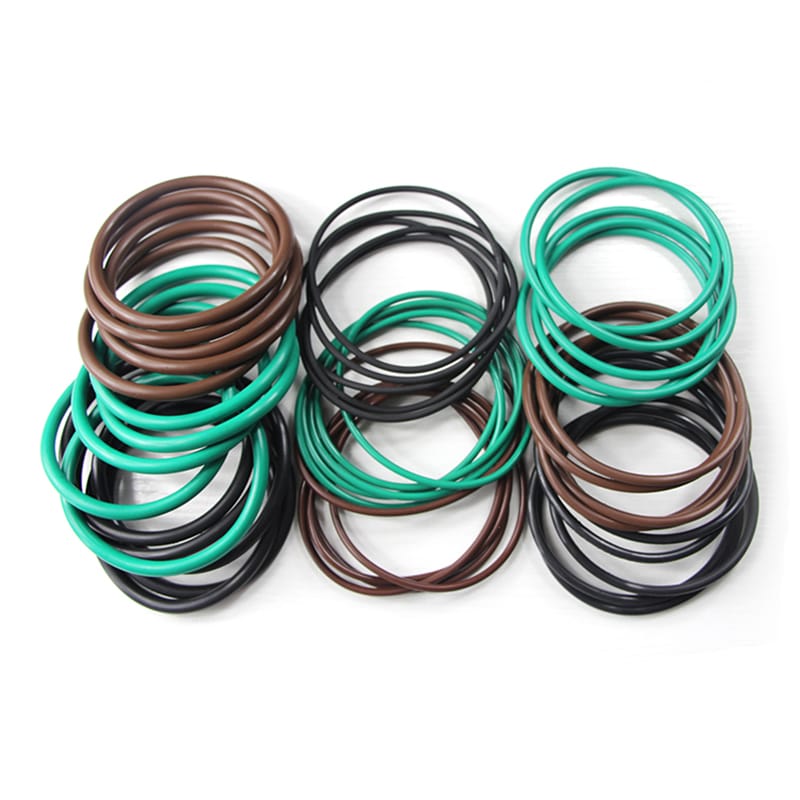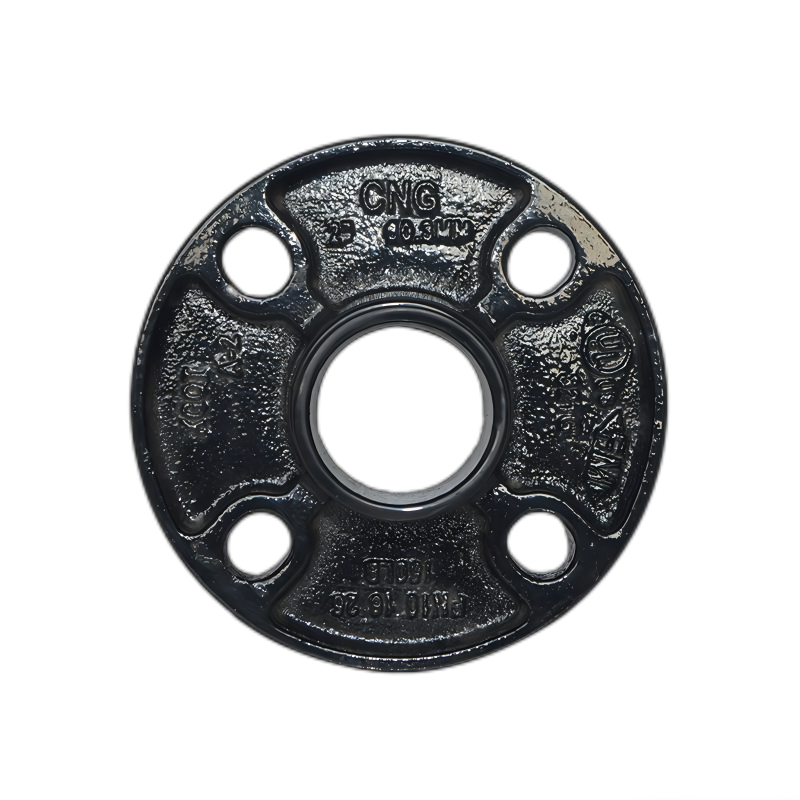
Concentric/Eccentric Reducer
Features:
Reducers, also known as reducers, are used to connect pipes of different sizes and are generally divided into two types: concentric reducers and eccentric reducers. Reducing pipe is a type of socket fitting. If the selected diameter specification of the reducing pipe does not match the inner diameter of the process pipeline, corresponding reduction or expansion treatment should be carried out.
When the two ports of the reducing pipe are concentric circles, it is a concentric reducing pipe, while the projection of the eccentric reducing pipe is inscribed on a small circle to a large circle. The reducing pipe standard is GBT12459, GBT13401, and the power standard is GD87, GD2000, and the American standard is ASIXLE B16.9. The commonly used forming process for reducer is shrinkage pressing, expansion pressing, or shrinkage plus expansion pressing. Stamping can also be used for certain specifications of reducers.
Details list
Product Details
The two ends of a concentric reducing pipe have nozzles with the center of the circle on the same axis. When changing the diameter, if the position of the pipe is calculated based on the axis, the position of the pipe remains unchanged and is generally used for gas or vertical liquid pipeline diameter changing. At the same time, the energy-saving and emission reduction effect is more significant, and the overall photothermal efficiency of the water heater can reach about 73% using the differential diameter dense discharge technology, which not only saves electricity and coal, but also reduces carbon dioxide emissions. Eccentric reducing pipe, with both ends of the pipe mouth circumferentially inscribed, is generally used for horizontal liquid pipelines.
The characteristic of eccentric reducer is that its strength is significantly higher than that of carbon steel with the same carbon content, and it has good toughness and plasticity, as well as good weldability and corrosion resistance.
Product features: Beautiful appearance, smooth surface, acid and alkali resistance, anti-corrosion resistance, strong texture performance.
Applicable media: water, oil, gas and certain corrosive liquids,
Application industries: petroleum, chemical, water conservancy, power, boiler, shipbuilding and other industries.
Application
You can choose a flowmeter with the corresponding caliber and specification based on the actual flow rate of your own process pipeline corresponding to the flow rate in the table above, and try to choose a flowmeter with the same caliber and specification as the process pipeline as much as possible. When the tangential point of the eccentric reducing pipe is upward, it is called top flat installation. It is generally used at the pump inlet to facilitate exhaust, and when the tangential point is downward, it becomes bottom flat installation. It is generally used for the installation of regulating valves and is used for drainage. Concentric reducers are beneficial for fluid flow and have less interference with fluid flow patterns during diameter reduction. Therefore, gas and vertically flowing liquid pipelines use concentric reducers for diameter reduction.
1. When there is a change in the flow rate of the fluid in the pipeline, such as an increase or decrease, and the flow rate requirement does not change much, a reducer pipe needs to be used.
2. To prevent cavitation at the inlet of the pump, a reducing pipe is required.
3. At the joints with instruments such as flow meters and control valves, reducing pipes are also required to match the joints with the instruments.
Packing & Delivery
We use wooden boxes and pallets for packaging, and the valves will be wrapped in bubble film plastic bags to ensure maximum product safety. We support sea transportation, and products can also be shipped to any port you specify.
send message now
Advantages
-

Manufacturer
Tsunny valves focus on valves design and production.Have 7 casting lines and more than 40 workshops to control casting, machining, assembly and packing process.
-

Why us
①Factory direct sale , competitive price ②Quality guarantee – 100% testing before sale ③Fast delivery Within about 30 days of 1 to 500 pieces
-

We can do OEM
Have own independent Brand & Good at OEM production.Our products involve ANSI/API、DIN、JIS/KS、BS、NF、RUSSIA standards.



